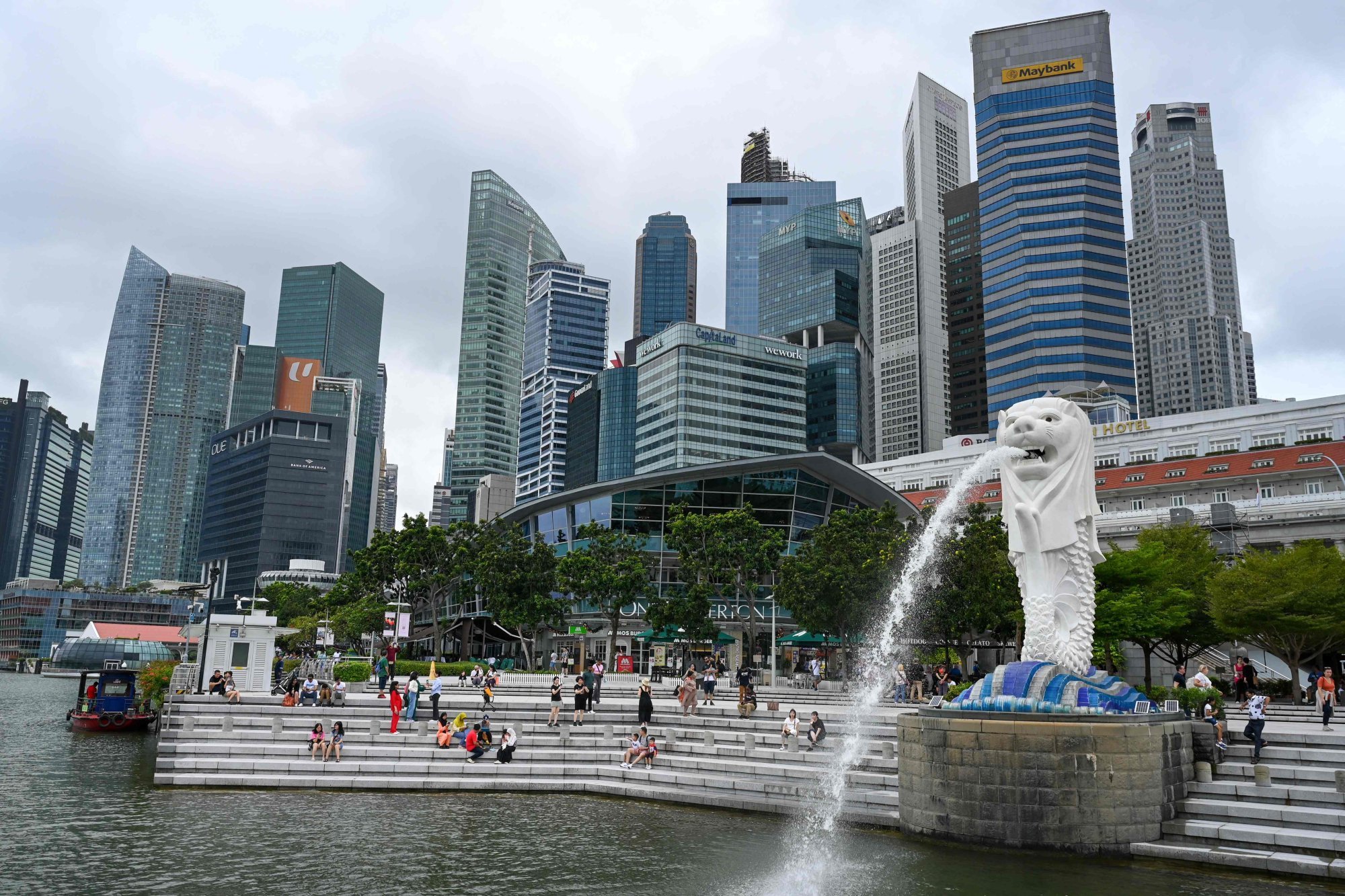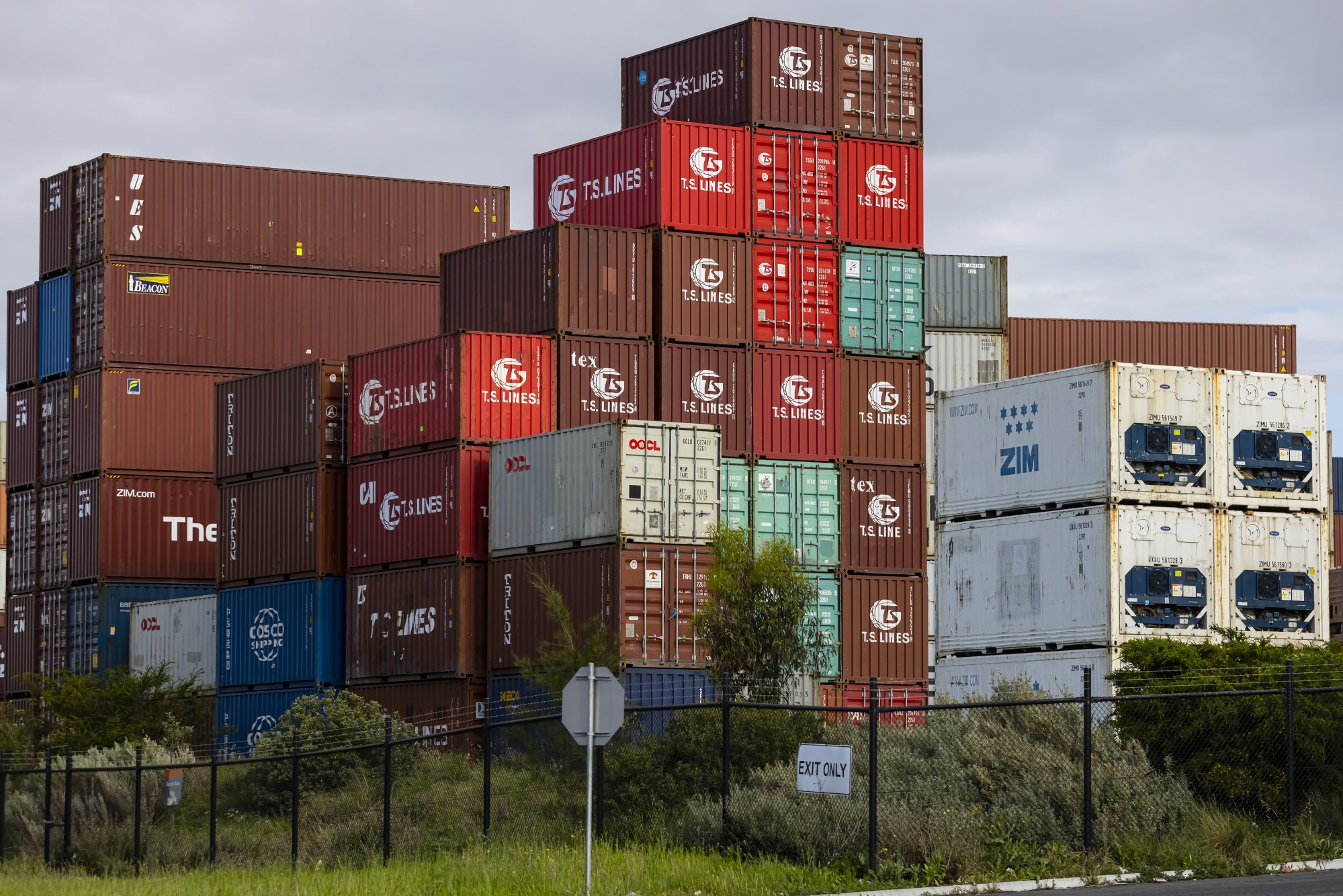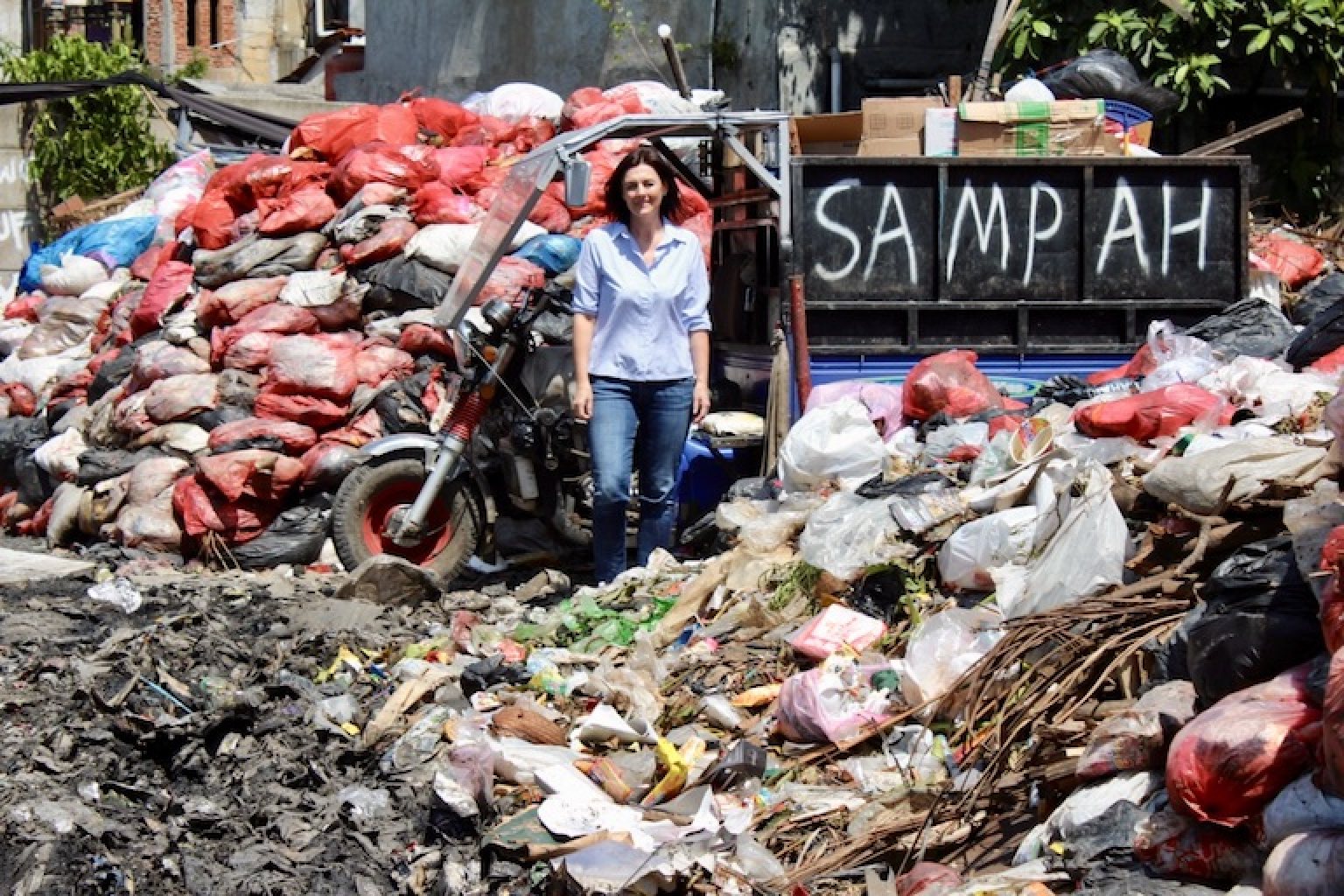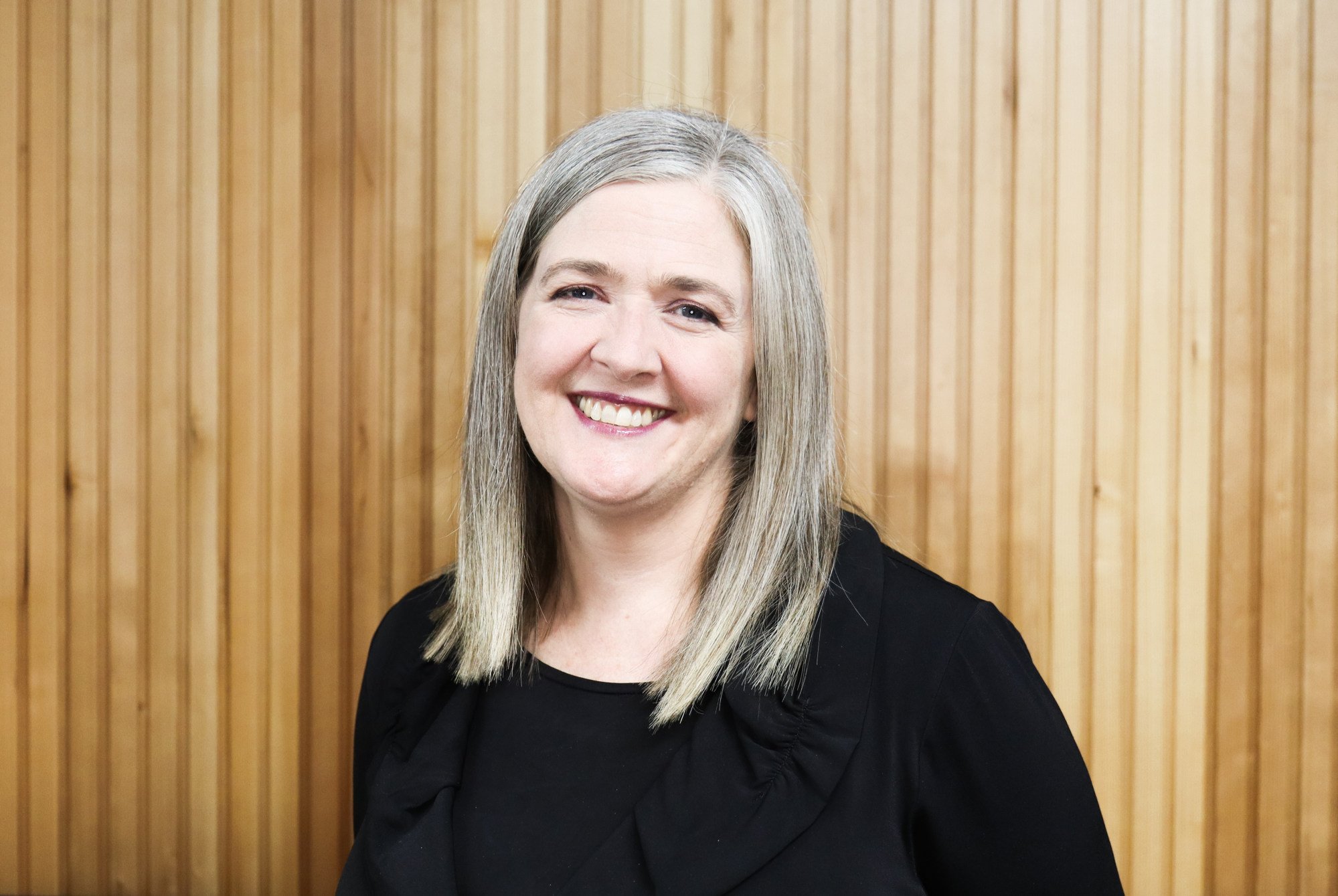“I think the basic impediment to Australian investors not coming into Southeast Asian markets in a meaningful way, or at all, is a historical preoccupation with developed Western markets and a lack of risk appetite for so-called developing markets,” he said.
Australian investors, particularly institutional investors such as large managed funds, tended to prefer “neatly packaged opportunities in jurisdictions with familiar regulatory and financial and political systems”, Walker said.
Australia unveils US$1.3 billion fund to hitch its future to Southeast Asia
Australia unveils US$1.3 billion fund to hitch its future to Southeast Asia
Indeed, increased economic cooperation took centre stage at the summit, as Canberra rolled out deals with Southeast Asian nations that focused on green energy and the digital economy.

These efforts align with the Albanese government’s Southeast Asia Economic Strategy to 2040, which was launched last year.
The strategy’s recommendations included Canberra setting aside money for the financing facility, establishing deal teams in Southeast Asia and reducing investment red tape to increase Australia’s two-way trade and investments with the region.
Walker commended the government for the A$2 billion in “leadership capital”, but warned if private investments did not come to the table alongside that co-funding, it would be wasted.
Much more private capital on top of the A$2 billion would be needed for Canberra to realise its expansion plans in Southeast Asia, Walker said.
Economics of low investments
Among the factors affecting investors’ risk assessments of Southeast Asia are the different ways of doing business, regulatory uncertainty, political instability, and a potential lack of transparency, said Matthew Barsing, an Australian investor and vice-chairman of the Malaysia Australia Business Council.
In general, investors need to be compensated for additional risk in the form of greater returns, which may mean many Southeast Asian investments do not make the cut.
Opinion: Australia wants to court Southeast Asia, but its affections seem to be skin-deep
Opinion: Australia wants to court Southeast Asia, but its affections seem to be skin-deep
Reinforcing the challenges to business ties, Australia-Asean Chamber of Commerce President Brendon Bangma said the Southeast Asian business landscape differed significantly from that in Australia, with greater emphasis placed on relationships, often rooted in family or other personal ties.
That meant the Australian investors who succeeded in Southeast Asia had spent 10 or more years in the region building those relationships, he said.
Additionally, some big investment funds tended to have conservative investment mandates that prioritised stability and liquidity over potentially higher returns in emerging markets, limiting their exposure to regions like Southeast Asia, Barsing said.

How will the A$2 billion help?
Like Walker, Barsing said Canberra’s A$2 billion co-funding facility or “leadership capital” could reduce the risks for investors who were wary about entering the region alone.
But the facility’s “true” benefit extends beyond its direct contribution to Australia’s investment levels in the region, according to Asialink Business CEO Leigh Howard.
“This initiative is anticipated to act as a catalyst, sparking interest and confidence within the private sector to engage further,” he said.
Last week, Canberra established new investment deal teams in Singapore, Jakarta and Ho Chi Minh City for Australian investors looking to Southeast Asia. It also introduced a new 10-year frequent traveller visa for eligible Asean travellers and extended the length of business visas to five years from the previous three.
Australian Prime Minister Albanese reaffirmed Canberra’s commitment to Southeast Asia at the summit last week, saying deepening bilateral trade was in the country’s national interest as it supported jobs.

What about the 2040 strategy?
“I’m not confident I would have been aware of the strategy if I was not involved with two important bodies; the Australia Indonesia Business Council NSW and Asialink Business,” she said.
McClean works with experienced waste pickers in Indonesia to turn salvaged recyclables into furniture and other useful products.
She is optimistic about the future of Australia’s economic relationship with Asean and thinks the government’s commitment is a positive step, but said Australia needed to move “much more quickly” and “with focus”.
‘Lazy investments’ hinder deeper Australia-Asean business ties: experts
‘Lazy investments’ hinder deeper Australia-Asean business ties: experts
Another entrepreneur in Singapore who has been involved in regional IPOs said he was not aware of Canberra’s strategy and had not heard about the new funding, but applauded the government for “trying”.
“Frankly, if Australian investors had wanted to do business in Asia, they would have done so. No amount of government help will get them going,” said the entrepreneur, who declined to be named.
Most Australians with some connection with Asia were aware of the report, according to the Australia-Asean Chamber of Commerce’s annual business survey of Australian businesses in Southeast Asia – launched during the summit.
Two-thirds of businesses they surveyed had read or were aware of Canberra’s 2040 strategy, while the rest did not plan to read it or had not heard of it.

The 2040 strategy is not Australia’s first attempt at increasing engagement with Southeast Asia. Similar “white papers” such as the 2012 “Australia in the Asian Century” report have been criticised in the past for having little effect.
Australia-Asia expert Melissa Conley Tyler said that while there were similarities with the 2012 paper, the 2040 document had a point of difference.
“Instead of simply exhorting businesses to do more, which has not worked, it [the strategy] sees a role for the government as a catalyst and enabler to help reduce risk and help create investment-ready projects for business to come in on,” said Conley Tyler, who is also executive director at Asia-Pacific Development, Diplomacy & Defence Dialogue.

